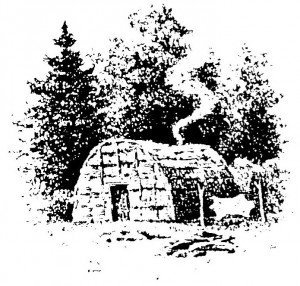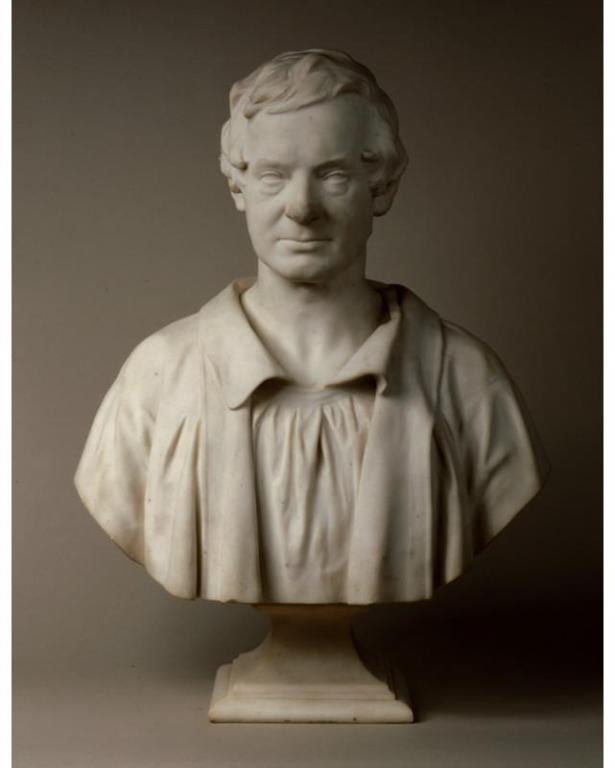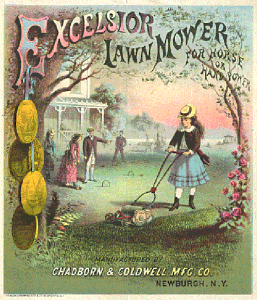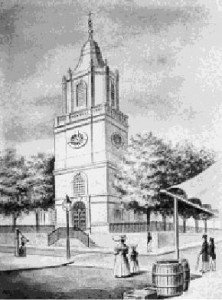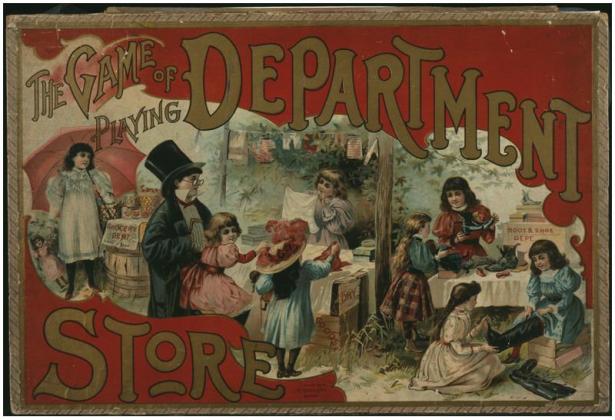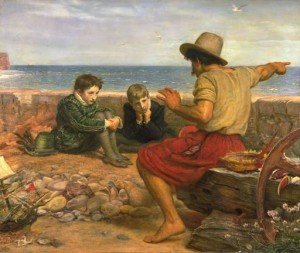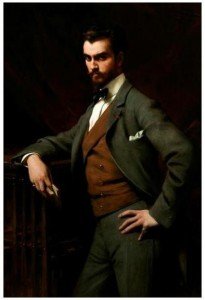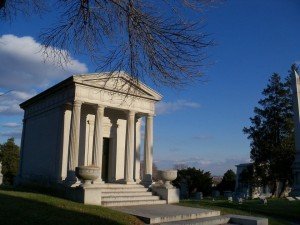 What do artist Jean-Michel Basquiat, toy merchant Frederick A.O. Schwarz and political powerhouse William Magear “Boss” Tweed have in common?
What do artist Jean-Michel Basquiat, toy merchant Frederick A.O. Schwarz and political powerhouse William Magear “Boss” Tweed have in common?
They’re all buried in Brooklyn’s Historic Green-Wood Cemetery along with abolitionist Henry Ward Beecher, musician Leonard Bernstein, industrialist Peter Cooper, composer Fred Ebb, piano manufacturer Henry Steinway, decorative master Louis Comfort Tiffany – and roughly 560,000 others – many equally famous (some infamous) and hailing from the worlds of sports, the arts, entertainment, politics, the military and industry. Read more
